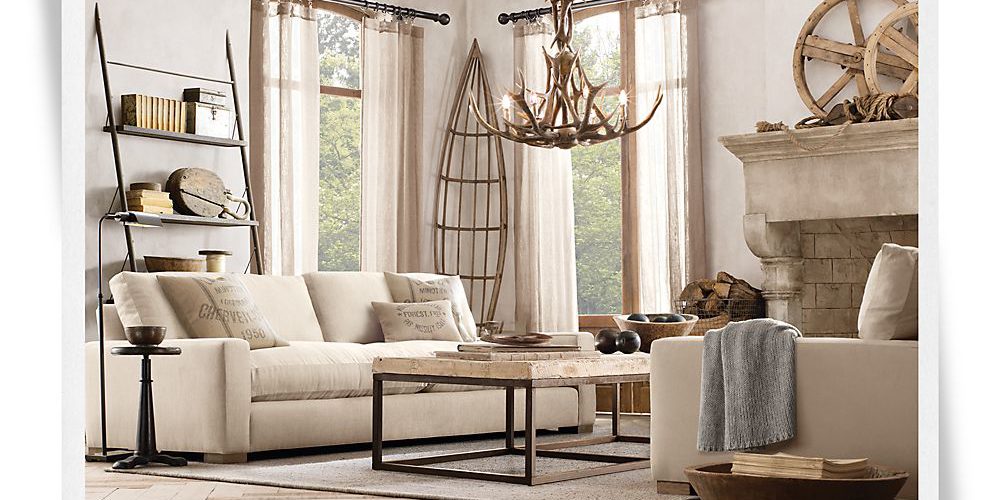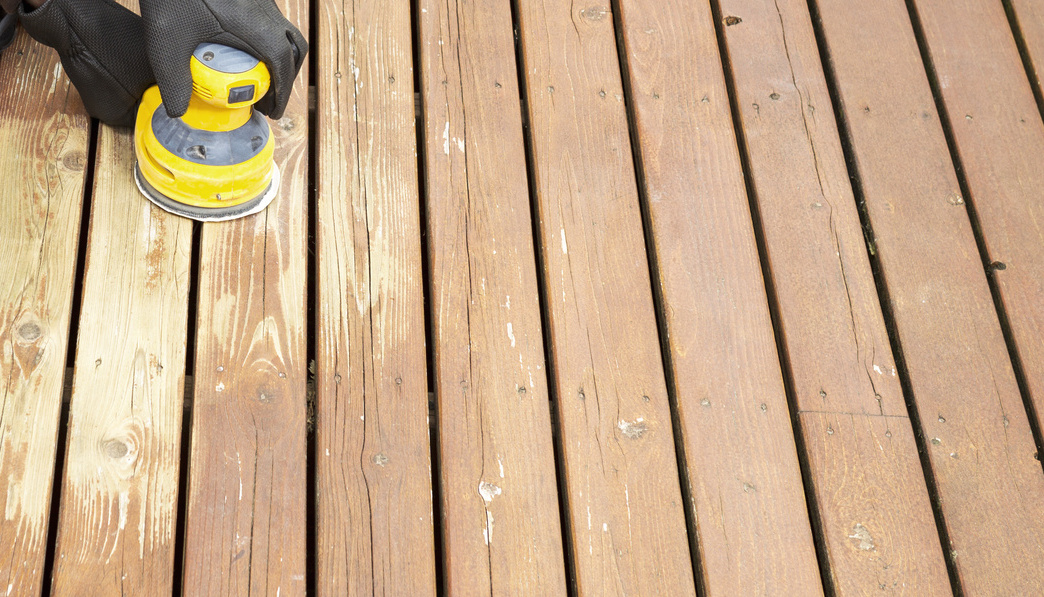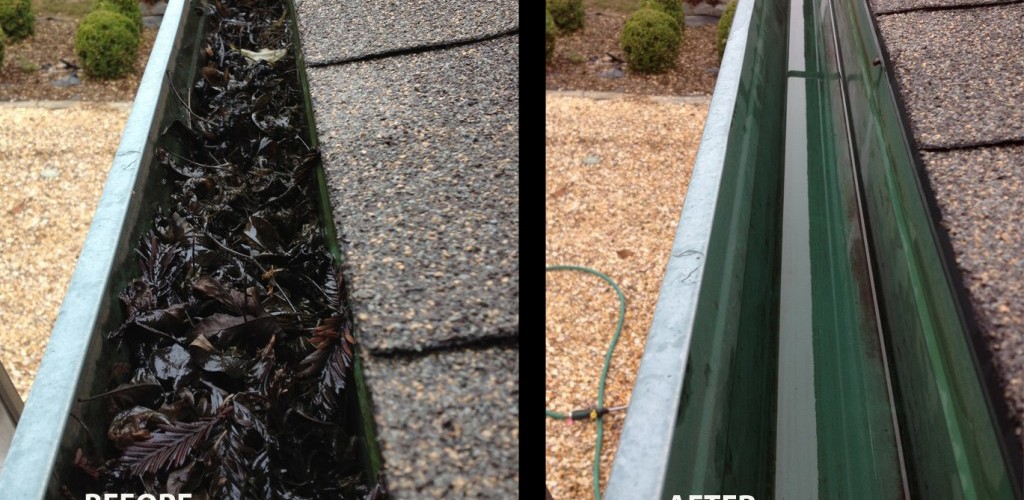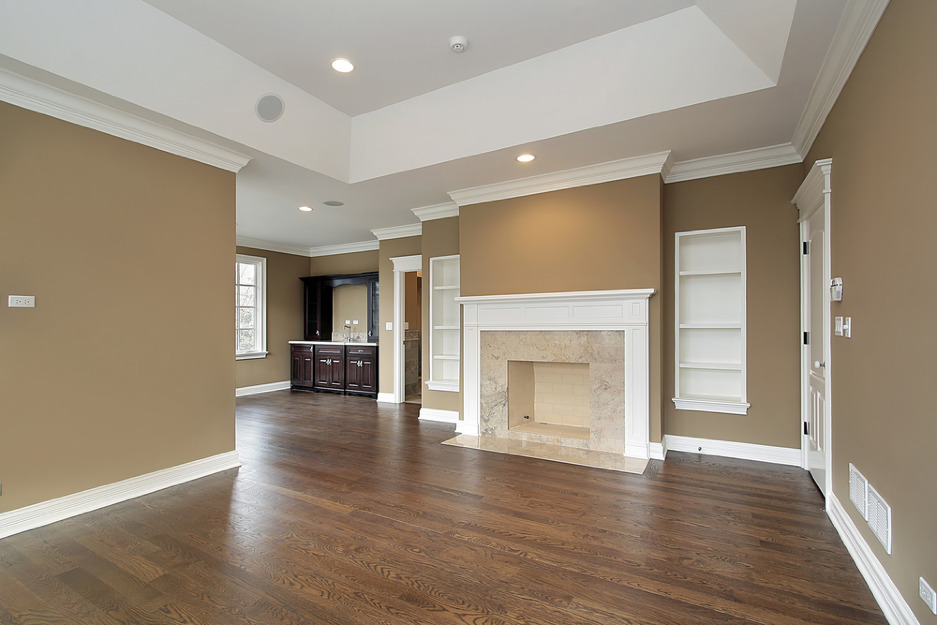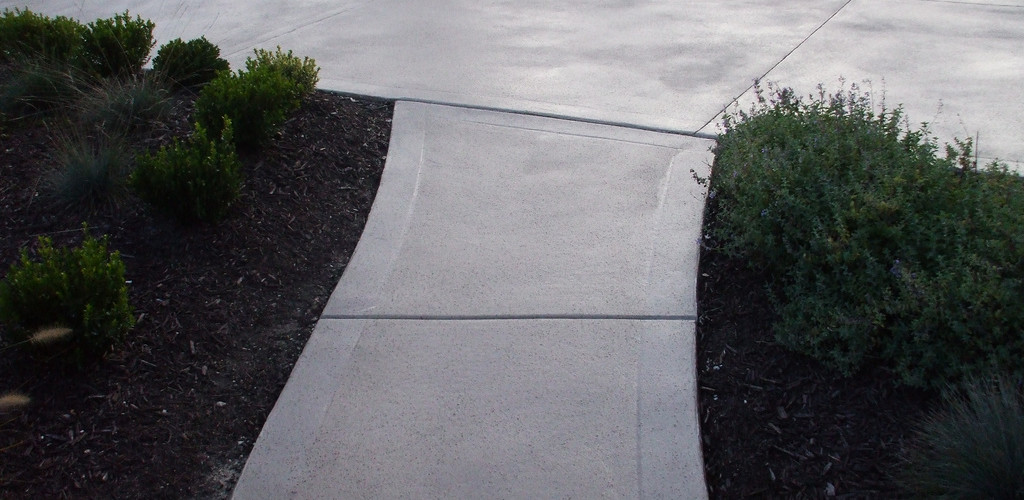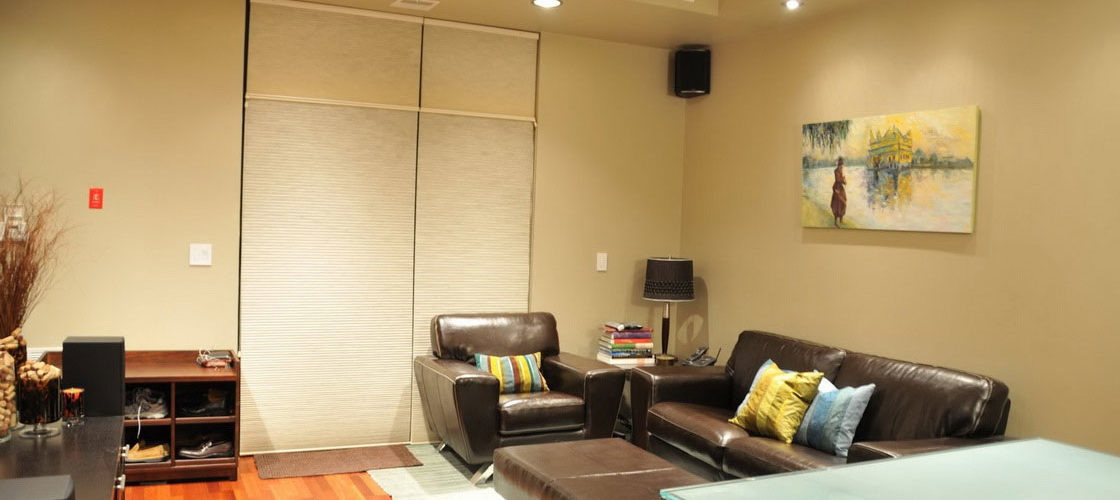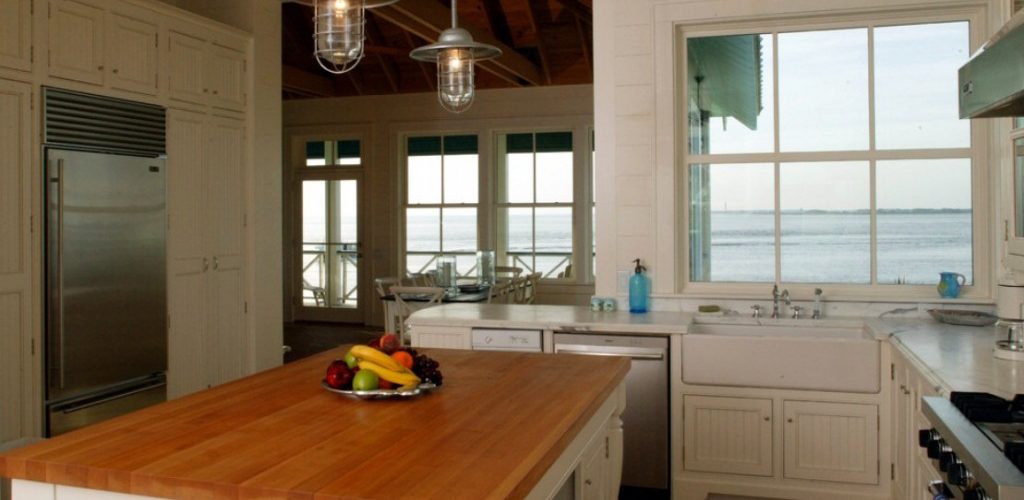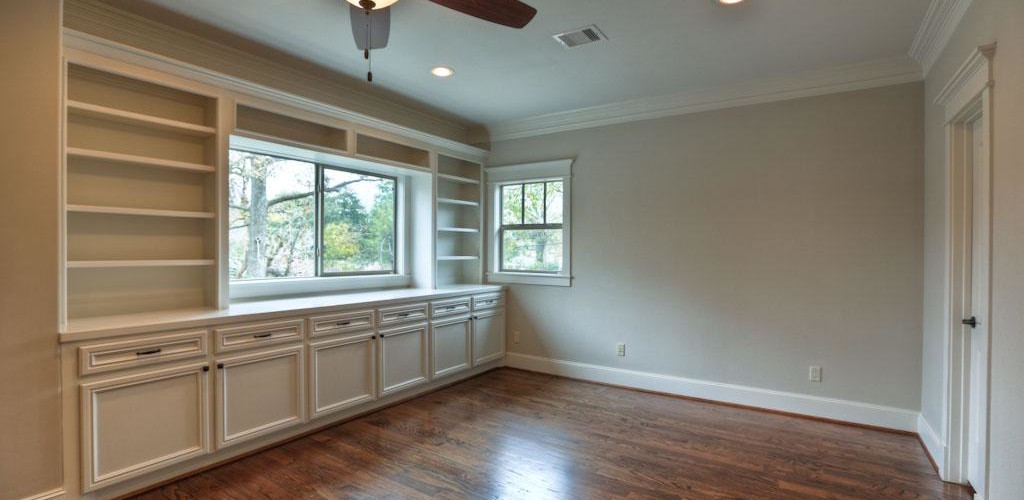Most laminate and real wood floors are laid by dry-clipping boards together. Clipping mechanisms vary, but the principles are the same. Whether you need a vapor barrier or underlay will depend on the type of floor. If in doubt, install one. Where possible, lay flooring before installing baseboards or door casings so that they can cover the expansion gap. Wooden flooring needs to acclimatize for two or three days before being laid. Open packs and lay out the boards. Some flooring will need to be oiled after installation.
Snap-together flooring is easy to install.
Install the Foam Underlayment
Roll out the foam across the floor’s surface. Tape the seams together between the sheets of underlayment.
Trim the foam to size, ensuring that it fits precisely at the junctions between the walls and the floor. Use a utility knife to cut it
Lay the First Row
Position the first board in a corner of the room. However, if your room has a cased doorway, you may choose to start at the door. The information box opposite shows the different solutions to installing the first board at a cased doorway or the last board at the doorway. The steps shown here result in the last board being installed in the doorway.
Make sure the grooved side of the boards is against the wall. Insert plastic wedges between the board and the wall.
To place the next board, engage it with the end of the first board by holding it at roughly 45 degrees to the first board .
Press down on the second board, and lock it into place. Continue joining boards in this way to make the first row
Insert wedges at regular intervals. As you near the end of the row, you will probably need to cut a board to finish: see next step
Install Subsequent Rows
Use the offcut piece from the end of the first row to start the second. Engage it at a 45-degree angle to the edges of the first-row boards.
Tap the board with a knocking block to tighten. Place another board beside it. Leave a slight gap so you can clip it to the first row, then knock fully into place. Repeat along row.
You may need a pry bar to tighten the joint for the last board in any row. Hook the pry bar over the end of the board, and tap its other end with a hammer.
Check that boards are “square” across the room. If not, adjust them by cutting the first row to fit against the wall, as below for a doorway. Continue across the floor.
Going Around a Doorway
In the doorway, boards should extend to the threshold. Keep laying boards until you near the final wall, and a whole board is too wide to fit. Cut some wood to the width of a board, and sharpen one end. Loosely position a board over the previous whole board fitted. Run the pointed end along the wall, using a pencil at the other end to draw the profile onto the loose board.
Cut along the guide line of the wall’s profile with a jigsaw, then position the board in the doorway.
Install the board, using a pry bar to tap in the clip-together mechanism. Use this method to cut and attach all boards against the wall.
Install a threshold strip in the doorway. Choose a suitable one for the types of flooring that will meet here.
Finish off the room with lengths of edging (shoe molding), pinned or glued (with contact adhesive) to the baseboard. This is to cover the expansion gap.
Finishing Details
Coping With a Casing
If you start at the doorway, trim the base of the casing, as shown below, and slide the first board underneath it. Clip to the second board and work across the floor. If you finish at the doorway, you may need to trim off the last board’s tongue with a jigsaw or hammer and chisel so that it will fit against the wall. Then install the board.
Cutting Around a Pipe
If the fixture is not in place, or can be removed, drill a hole in a board and slide it over the pipe. Use a pipe cover to cover the seam at the base.
.

